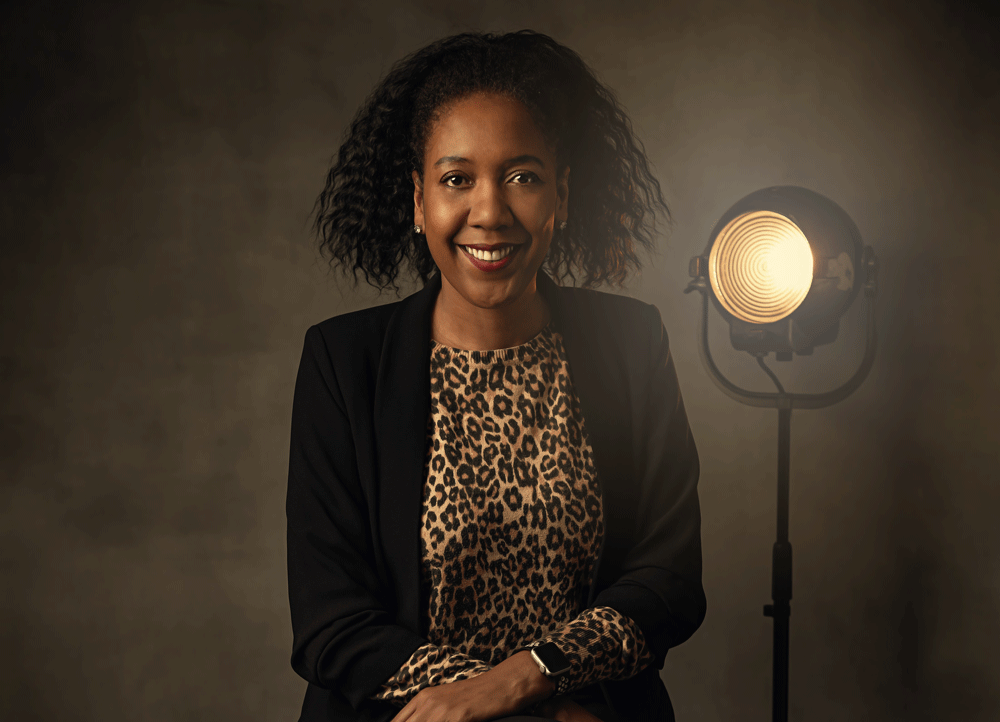Slides or no slides? That is the question.
For this season’s debate, we spoke to OTD’s Marie Gardner.
She’s an ICF certified executive and personal coach with more than 25 years of marketing and sales experience in pharma, at a senior level.
In recent years, Marie has focused on helping organisations to build their strategic and commercial capabilities and was the obvious choice to help lead our role in an unusual assignment.

Slide away
We were approached by a customer that was in the process of rolling out a virtual global marketing excellence programme.
They believed the existing programme worked well remotely but they wanted to make the experience an even more engaging one for delegates. So far, so good.
The problem? The customer relied heavily on slides to deliver the programme. So heavily in fact, that its presentation deck contained nearly 800 text-heavy slides.
Marie explains:
I’m really passionate about marketing excellence, I understand the language and have built similar programmes myself. You’re dealing with a technical subject and delegates who are extremely busy, so they often place personal development at the bottom of their priority list.
We needed to translate the existing material into something meaningful for this particular audience but there were some key steps that needed to be taken before we could get to a typical OTD style of delivery. It was clear that this customer was using slides as a crutch.
Evolution not revolution
Using her experience – and a little diplomacy – Marie worked through the slidedeck, retaining essential information and moving non-essential items to notes.
Multiple fonts and styles were replaced with a consistent look and feel, which streamlined the presentation and in turn, demonstrated what good marketing and comms looks like.
Marie also encouraged the customer to interact more with the audience, using the chat function, taking down slides to encourage more conversation and allowing more time for breakout sessions.
Success would not have been possible without the trust Marie built between two stakeholders with very different objectives: one focused on quality and the other on time.
Marie adds:
“We went quite soft on the customer to begin with, so that they could really see the benefit of what we were trying to do. We moved at their pace and led them, which we felt was far more effective than scrapping it all and starting again.
"There were some challenging conversations but eventually the customer had a lightbulb moment where they could appreciate that we simply needed to communicate the most important information and not every last, single detail."
Learning outcomes
The result? The customer has been so impressed with the revamped programme, they are now taking steps to trim even more slides. And it’s likely to save delegates a full day which they can use for other activites.
"They started to see and feel the difference which is why they're being even more bold,” adds Marie.
“There is now a greater focus on learning outcomes for delegates and not just delivery of a programme in a given time period. Plus, we’re also writing a leader's guide which will achieve a much higher level of consistency in delivery.
"By starting small, we have been able to weave in some OTD magic!”
So, over to you …
Are slides a good or a bad thing? Can you ever have too many? Or should you have none at all?
Let us know your views in the comments below.

Marie, thanks for the excellent work you’ve done with this team, you’ve really inspired them. My views on slides, the odd slide here and there can have a huge additive affect. A bit like seasoning food, too much and it’s inedible, the right amount and the food tastes even better